Collaboration brings a number of benefits – including business growth, reduced costs and extra resources –but when should a business join or form a consortium? How does it go about doing so? And what specific benefits can it deliver?
Here, CDS specialist advisor Jaye Martin shares a brief step-by-step guide to consortium working.
Step 1: Identify barriers to growth
For many small and micro-enterprises, lack of scale, time, finance or resources can be a barrier to accessing new markets, tendering for larger contracts or simply marketing services. These challenges will be familiar to many businesses, particularly those with small teams or those who provide unique or niche products and services.
Step 2: Look for a potential solution
Teaming up with other like-minded businesses and forming a consortium is an excellent way to break down these barriers. Suitable for businesses of all sizes operating in any sector, this model can help businesses grow by reducing the costs and risks associated with tackling new markets and investing in new products and services. It can also enable businesses to share resources such as back office functions and premises. Meanwhile, member businesses are able to retain their own brands, independence and control. You can find out more here.
Step 3: Find collaborators
Carefully identifying like-minded businesses to work with is crucial. Trust is a key factor. It can help if the businesses have worked together informally before. In most cases, member businesses operate in similar or complementary fields, although a lot will depend on the rationale for collaboration. You can read about the experience of a number of successful consortia here.
Step 4: Choose the right structure
The consortium co-operative model is an effective collaborative business structure. In simple terms it is an organisation run in a shared and equal way by and for the benefit of its members. Members are independent businesses and the consortium can be for any purpose which supports them, for example marketing, tendering, innovating or exporting. Co-operative Development Scotland has a track record in helping businesses and we’d be happy to help you explore the options. You can contact us here.
Step 5: Benefit from your collaboration
Collaborating can be a real game-changer for businesses. Collaborating can be a real game-changer for businesses. For example, through collaboration, Adventures in Light – an Edinburgh-based consortium which brings together a 3D artist, a film-maker and a carpenter – have been able to invest in essential new kit which has supported them to keep experimenting and inventing. This, in turn, has helped them work on bigger projects such as the International Science Festival and the Kelburn Garden Party.
As well as supporting businesses to access new markets, share risks and costs and develop new products or services, many businesses involved in consortium working also report increased confidence, better business connections, improved knowledge-sharing and an enhanced profile.
The benefits are tangible and numerous – and definitely worth exploring when considering the future of your business.
CDS can help you to explore the options, structure the consortium, and get more members involved.
If you would like to find out more about collaborative business models, or if you would like to get in touch, visit here.
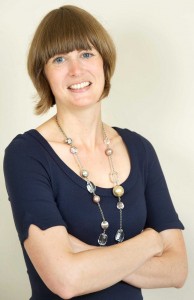


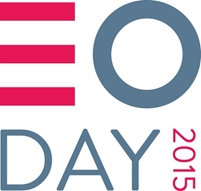


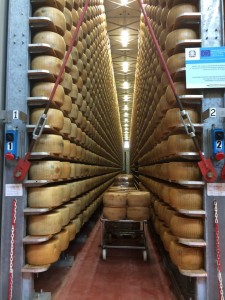
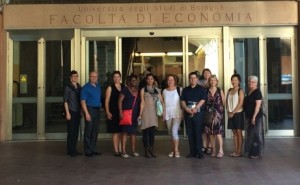

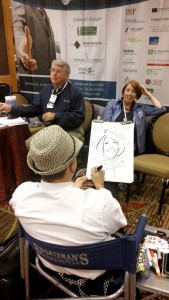

 A recent CDS seminar saw professional advisers gather in Glasgow to hear from Graeme Nuttall OBE, author of the
A recent CDS seminar saw professional advisers gather in Glasgow to hear from Graeme Nuttall OBE, author of the  Inspired by a “Hackathon”, a novel consortium made up of IT students and business consultants is helping build fledgling careers and establish reputations across the world.
Inspired by a “Hackathon”, a novel consortium made up of IT students and business consultants is helping build fledgling careers and establish reputations across the world.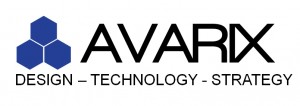 While work for external customers was being undertaken by individuals already, including for big name companies such as
While work for external customers was being undertaken by individuals already, including for big name companies such as 
 The Mondragon Corporation – based in Spain’s Basque region – has evolved from humble beginnings to become the country’s tenth largest company.
The Mondragon Corporation – based in Spain’s Basque region – has evolved from humble beginnings to become the country’s tenth largest company.
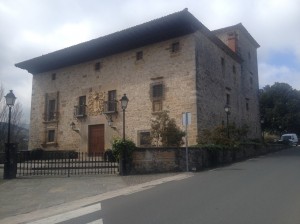
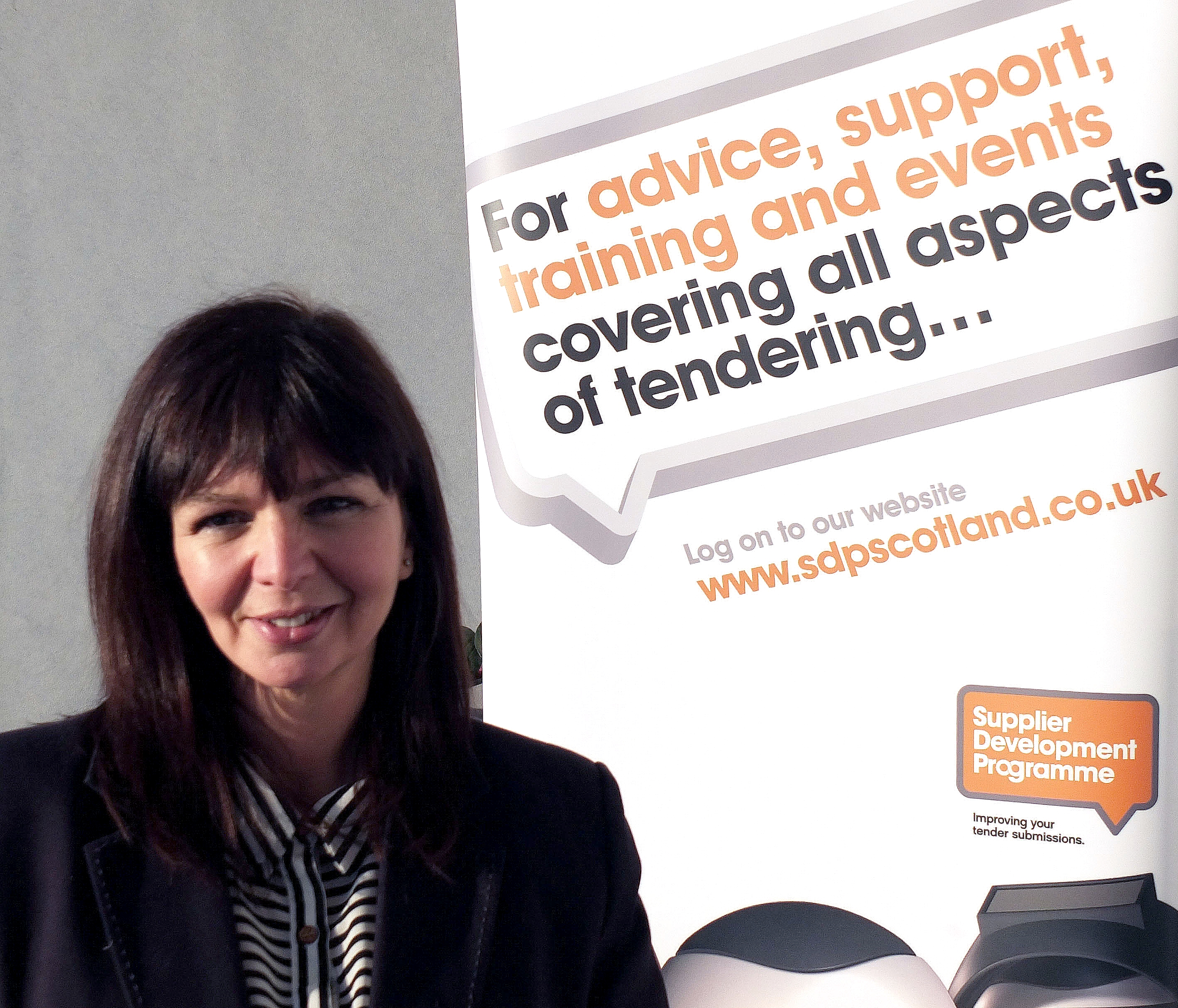
 At the end of March, we announced the winners of our Collaboration Prize. One of those winners was
At the end of March, we announced the winners of our Collaboration Prize. One of those winners was  But when we found out there was a way for us to form a business from our collaboration, we were really excited. It’s absolutely perfect for us and we were already naturally working in that way.
But when we found out there was a way for us to form a business from our collaboration, we were really excited. It’s absolutely perfect for us and we were already naturally working in that way. We also have a focus on utilising projection mapping for brand promotion and interior design, something which is currently not available from one company in Scotland. And thanks to CDS and the Collaboration Prize, we can engage more prospective clients.
We also have a focus on utilising projection mapping for brand promotion and interior design, something which is currently not available from one company in Scotland. And thanks to CDS and the Collaboration Prize, we can engage more prospective clients.